
Odfjell SE and Japan’s Nissen Kaiun Co., Ltd. have formed a new Bergen-based joint venture, Odfjell Hakata Maritime AS, marking a significant expansion of their long-standing partnership and adding substantial capacity to the global chemical tanker market.The JV will launch with a fleet of 10 stainless-steel chemical tankers, equally contributed by the two companies.
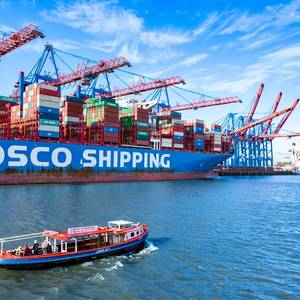
The U.S. and China on Tuesday began charging additional port fees on ocean shipping firms that move everything from holiday toys to crude oil, making the high seas a key front in the trade war between the world's two largest economies.A return to an all-out trade war appeared imminent last week
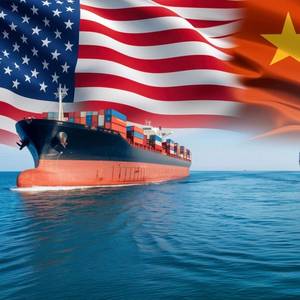
Vessels owned or operated by U.S. firms and individuals - or those built in the United States or that fly the U.S. flag - will be charged additional port fees per voyage starting on October 14, China's transport ministry said.The fees are a counter-measure against upcoming U.S. port fees on Chinese ships, the ministry said on Friday.
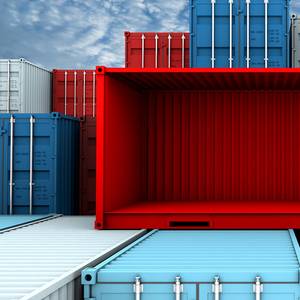
Major container shipping companies are suspending at least six scheduled weekly routes between China and the United States as President Donald Trump's punishing tariffs on the world's top exporting country collapse trade, maritime consultants said.The ships on those routes have the combined capacity to deliver 25,682 40-foot containers stuffed with toys, tennis shoes, car parts and things U.S.

On World Donkey Day (May 8), international animal welfare charity, The Donkey Sanctuary, acknowledges Swire Shipping as the first global shipping line to commit publicly to a ‘No Donkey Skins Carriage policy’.In February last year, African Heads of State and Governments endorsed a continent-wide moratorium on the slaughter of donkeys for their skins at the 37th African Union Summit.
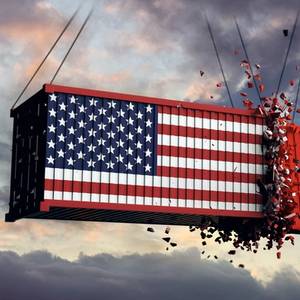
Beijing increased its tariffs on U.S. imports to 125% on Friday, hitting back against U.S. President Donald Trump's decision to hike duties on Chinese goods and raising the stakes in a trade war that threatens to up-end global supply chains.China's retaliation intensified the economic turmoil unleashed by Trump's tariffs
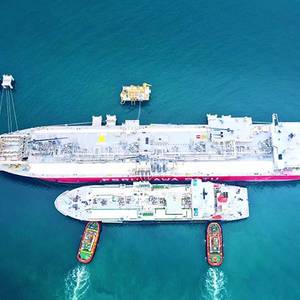
Mitsui O.S.K. Lines (MOL), Japan's second-largest shipping company, aims to capitalize on opportunities that emerge from a shift in trade routes driven by new U.S. tariffs, CEO Takeshi Hashimoto said.The highest U.S. tariffs in more than a hundred years came into force on Wednesday, roiling global markets.
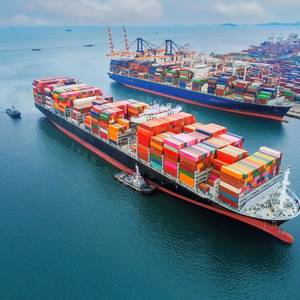
The global economy is bracing for renewed turbulence following U.S. President Donald Trump’s announcement on Wednesday of sweeping new tariffs, triggering fears of a global trade war and sparking immediate market and political reactions.According to the White House, the new measures include a 10% minimum tariff on most imported goods, with certain products - particularly those from major U.S.
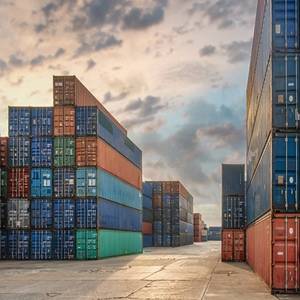
President Donald Trump said on Wednesday that he would impose a 10% baseline tariff on all imports to the U.S. and higher duties on dozens of other countries, including some of the United States' biggest trading partners, deepening a trade war that he kicked off on his return to the White House.
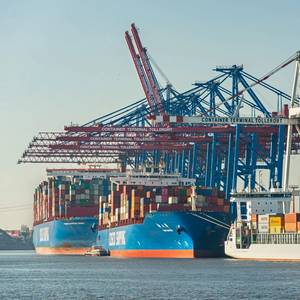
Germany’s maritime industry is proving resilient amid global economic uncertainty and shifting geopolitical priorities. At the annual conference of the German Shipowners' Association (VDR), statistics underscore the sector's role in securing trade, employment, and economic stability.
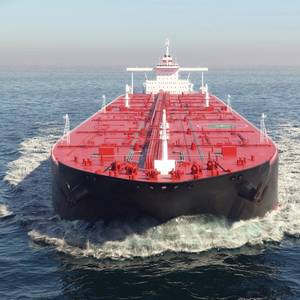
Oil and gas traders are likely to seek waivers from Beijing over tariffs that the Chinese government plans to impose on U.S. crude and liquefied natural gas (LNG) imports from February 10, trade sources said on Thursday.Shortly after tariffs on China imposed by U.S. President Donald Trump took effect on Tuesday, China's Finance Ministry said it would impose levies of 15% on imports of U.S.
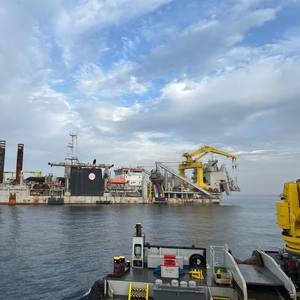
The arrival of the dredger Willem Van Rubroeck in Ndayane has marked the start of maritime works for the $1.2 billion Port of Ndayane, a project led by Dubai-owned ports and logistics firm DP World, which aims to transform Senegal into a major center for global trade.The vessel will dredge a 5 km-long shipping channel - an essential step in building this high-capacity port designed to elevate